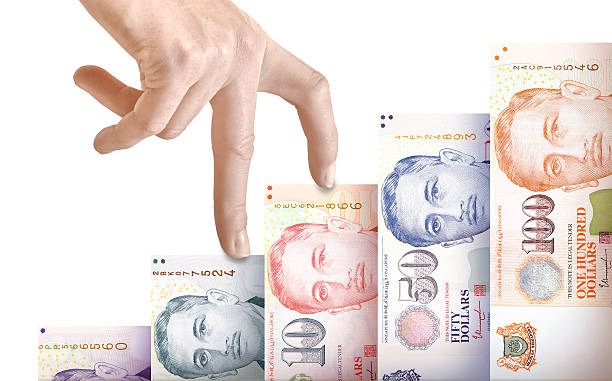According to reports from May 2025, a number of Singaporean financial institutions are providing personal loans with annual interest rates as low as 1.99%. Many locals can now borrow money more easily and affordably thanks to these attractive offers. Without the jargon or confusion, this guide will show you how to take advantage of these low rates if you are considering getting a loan.
1.99%: What Does It Actually Mean?
Typically, that alluring 1.99% rate is a flat interest rate. This indicates that the initial loan amount—rather than the decreasing balance—is used to calculate it. Although it appears low on paper, you should also look at the effective interest rate (EIR). Additional fees and the fact that your loan balance decreases over time as you make payments are factors that EIR considers. Therefore, even though a 1.99% flat might seem like a good deal, fees and tenure could cause the EIR to be as high as 4%.
Who Can Get Personal Loans at Low Interest Rates?
You will probably be eligible if you are a Singaporean or permanent resident between the ages of 21 and 70 and make at least S$20,000 annually. Foreigners who have established credit histories or existing financial relationships may also receive offers from certain financial providers. The approval process and the final interest rate offered will also be influenced by your credit score, employment status, and current debt levels.
What Do You Need to Watch Out For?
The interest rate is only one component. Remember to take into account these factors:
Processing charges: Certain loans have up-front costs that are either added to the loan balance or subtracted from the amount you receive. Your entire repayment may be impacted by even a 1% fee.
The typical loan term is between six months and seven years. Your monthly payments will decrease with a longer tenure, but your total interest payment will increase.
Flexibility in repayment: If you anticipate paying off your loan earlier than anticipated, find out if early repayment is permitted without incurring penalties.
Speed of approval and disbursement: Particularly if you already have an account with them, some institutions provide same-day disbursement.
Real-World Illustration
Let us say you borrow S$10,000 at a flat 1.99% interest rate for three years. Over the course of the loan term, that would equate to S$597 in total interest. Your total repayment will be S$10,697, or about S$297 a month, after adding a 1% processing fee (S$100). Your actual cost may be closer to 4.1% annually when computed using EIR. You can begin to understand why it is worthwhile to read the fine print when you contrast this with other loans that claim lower EIRs but have fewer fees or shorter terms.
Is This the Correct Time?
Low interest rates are temporary. Now might be a good time to lock in a deal if you are managing emergency expenses, consolidating debt, or planning a large purchase. When you need a fixed payback plan and do not want to depend on variable financing or high-interest credit cards, personal loans can be very helpful.
Things to Look Out for
Remember that unsecured debt is subject to caps set by Singapore’s financial regulators. Your ability to take out new loans may be limited if your total debt surpasses a specific multiple of your income. Additionally, promotional rates might have special conditions or expiration dates, so make sure to check those details before applying.
If you are aware of all the costs and conditions, getting a personal loan with 1.99% interest can be a wise financial decision. Plan your repayments using loan calculators, and evaluate offers not just on the basis of headline rates but also on EIR, fees, and flexibility.
Do not be afraid to contact the financial institution directly if you have questions about any step of the procedure or need assistance comprehending your options. They will be pleased to help you navigate it.

